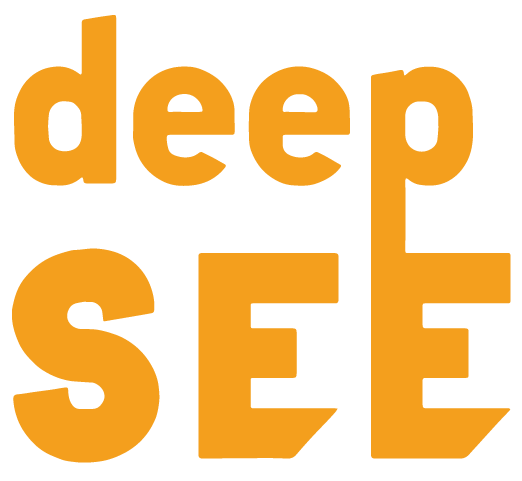Understanding Resistance
Sometimes it’s blatant, “We don’t need that Diversity stuff here.” But more often, resistance to Diversity and Inclusion (D&I) work is much more subtle and even deceptive, leading us to believe support is there when in actuality it’s not.
“We think we’re much more competent than we actually are. This gap not only fuels our blind spots when it comes to D&I it also leads us to believe D&I work is for someone else or some other organization, not me, not mine.”
In my over 25 years as a Diversity trainer and consultant, I have seen quite a bit of resistance to D&I work. Early in my career, I saw that resistance as something I needed to squelch. It was as if I had a moral and professional obligation to point out to those resisting that they were wrong and then be specific about how they were wrong. When I think about my previous approach, I’m embarrassed and very much regret the many opportunities I missed to respond more effectively. In retrospect, I think that’s how many of us in the profession responded at the time.
I’ve found one particular framework especially helpful to better understand the resistance and what’s behind it/motivating it. That is the Cultural Competence model of the DMIS (Developmental Model of Intercultural Sensitivity) which was created by Milton Bennett and later revised by Mitch Hammer as the Intercultural Development Continuum (IDC).
Through this model, I can clearly see that resistance tends to come in two different forms: lack of development (a polarizing mindset) and blind spots (perception/skills gap).
The first, lack of development, is what we think is typically the answer, though it rarely is. It’s easy to attribute resistance to the fact that leaders just don’t “get it” because they are just racists...
The easy answer would be that the resisting leaders or participants are just racists or sexists or just don’t like differences. While that might be the case, I have found that is very rarely the case. In fact, the IDC helps us to understand that this is the result of a very specific cause, I would say in less than 5-10% of the time.
What We Know
We know that the vast majority of us—95-99%--significantly overestimate our D&I abilities. This comes from the IDI assessment, a cross-culturally valid, reliable assessment that measures our effectiveness in interactions across difference. This overestimation means that we have a have a perception/skills gap. We think we’re much more competent than we actually are. This gap not only fuels our blind spots when it comes to D&I it also leads us to believe D&I work is for someone else or some other organization, not me, not mine. When we hear leaders say, “We already did Diversity a couple of years ago.” or “No, I don’t need this Diversity stuff. I got this. I’m good.” Even more persistently aggravating are the leaders that don’t even see D&I as a part of their agenda. In each of these cases, it’s not because the leader has negative intentions. To the contrary, they typically have very positive intentions, but since they see themselves and their organization as much more competent than they actually are, they don’t see the need for further work.
I turn to the Situational Leadership model for guidance.
Without going into detail about the model, one of many things it teaches us is that if you are trying to lead or influence someone about a blindspot that they have—that is someone that thinks they are superman or Wonderwoman with a particular task when in actuality, they’re a clutz. What the model teaches, and I have seen over and over again in my experience to be true, is that the last thing that works with these folks is to be directive—tell them what to do. Yet, most of the time, that’s what we do with these leaders. We tell them they need to support D&I. We tell them they need training. We tell them they need to drive D&I in the organization. when they already think they are superman and Wonderwoman when it comes to D&I, they don’t even hear us. We become the teacher from Charlie Brown, “Wah, wah-wah-wah, wah.” So starts the vicious cycle. We start talking louder and more frequently to make the case and they keep ignoring it or getting perturbed by us because they think they’re the choir we’re preaching to.
The more effective approach is the guiding approach. Instead of telling an answer, we guide them to it and let them discover it for themselves. With this approach, they trust and buy into the conclusion because they’ve come to it on their own.
One approach that helps guide leaders is to teach them the stages of Cultural Competence. When we lay out the five stages and explain them as stages in our ability to be effective across difference we immediately get them to listen because they typically don’t hear D&I talked about in these terms. There are several cultural competence models. The most widely used and most comprehensive is the DMIS, developed by Milton Bennett and later revised by Mitch Hammer into the ISC. It lays out 5 developmental stages of both mindsets and skillsets with a distinct difference between the first three and last two stages. Only in the last two are we able to be more consistently effective in our interactions across difference. When leaders know that and when they hear that the vast majority of us—nearly 70%--are in the third stage, a stage that is still ineffective, they pay close attention, reflecting on their own mindsets and skillsets. This is particularly true since so many of us are in stage three, many of the behaviors we promote with each other are in this stage. Leaders realize that on their own as we describe the stage.

